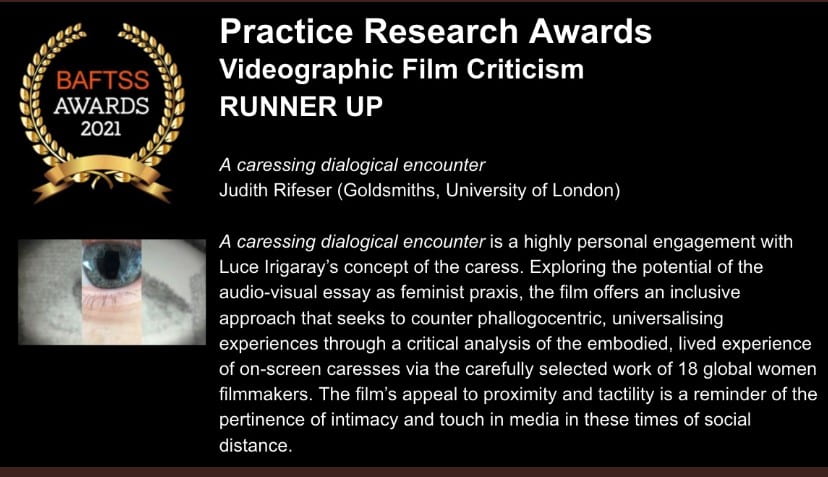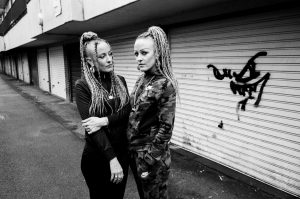
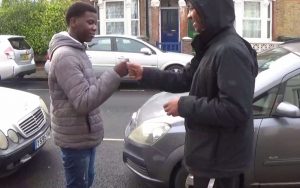
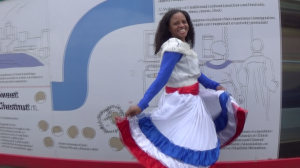
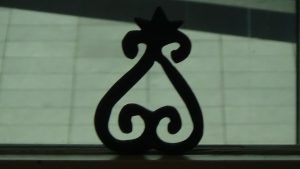
Figure 1: A multilingual community film-making project celebrating Deptford’s rich history and diverse community
Deptford Storytelling Project was launched in 2020 and brought together people of different ages, languages, and backgrounds to make films about people’s lives in Deptford. Film workshops were run from January-March 2020 resulting in 10 films and two screenings in March 2020 at Deptford Cinema in Deptford, South London. Details of the project can be accessed on the Language Acts and Worldmaking site. The films can be seen on the Critical Connections website with film details in the Film Booklet 2020.
This community-based filmmaking project celebrated Deptford’s rich history and vibrant and diverse community through stories of those living here. Set up in collaboration with Deptford Cinema and Goldsmiths, University of London it offered a creative space for exploring lifeworlds, asserting cultural alternatives, and developing a shared community. Making participant agency and collaboration central concerns, it expanded on our successful work in the Critical Connections project (2012-ongoing) and took filmmaking into the community for all ages. The public and private screenings at Deptford Cinema were wonderful celebratory events and Lucy Rogers, one of the directors of the project and a Deptford Cinema volunteer reflected: ‘the films make a great argument for the value of true grassroots cinema as a platform for creativity and self-expression’. The project was reported in Goldsmiths news.
Deptford Cinema had to close its doors a week after the screening due to the pandemic and the start of the first lockdown. The project directors wanted time to reflect on the filmmaking process with participants and talk to the filmmakers about their experiences of the project. As community events were put on hold, we set up online recorded conversations with participants to talk about their own films and other films in the project; the languages included; understandings of community; and their experiences of Deptford Cinema. Michael and Vanessa made the film Walk with Me and Michael reflected upon the experience.
‘The more I do this, the more I will learn about multiculturalism … Well, I believe that’s the way the world really is, people with different languages … that shows the true nature of the world … everyone’s got a different culture’.
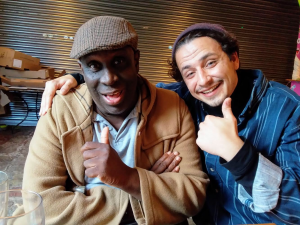
Figure 2: Walk With Me (Michael Williams and Vanessa Crouch)
Walk With Me shows a snapshot of a week in Michael’s life. Michael sadly died in August 2020 and this film stands as a timely testament to his ideas about friendship and community.
As project directors we decided to reach out to the filmmakers in 2021 and see if they wanted to get together for the project’s one-year anniversary. We met with the project participants online and planned a virtual screening of the films on the Deptford Cinema online platform, DC @ Home. We held a celebratory launch of the online screening on Friday 26 March with 9 of the 10 original films and an extended version of My Bad Sister which has been shown at film festivals.
The 2nd edition of the Film Booklet 2021 can be accessed here.
The online screening of the films included pre-recorded introductions by the filmmakers reflecting on their films a year later in March 2021.
Deptford Storytelling Virtual Screening from Critical Connections on Vimeo.
The filmmakers also reflected on the project, ‘Deptford Storytelling Project: Celebrating One Year’ through creating short written pieces, photographs, artwork, poetry and recordings for the online Journal for Deptford Cinema.
The Deptford Storytelling project was funded by Language Acts and Worldmaking (a flagship AHRC Open World Research Initiative project aiming to transform language learning by foregrounding language’s power to shape how we live and make our worlds) and two of the project directors, Lucy Rogers and Vicky Macleroy, presented the project at the final online conference, ‘Languages Acts and Worldmaking Conference: Languages Future’ in April 2021. The online screening of the films hosted by Deptford Cinema @ Home became part of the international conference and shared with all conference participants. The conference presentation can be seen here.
The Deptford Storytelling Project has become a vital part of our multilingual digital storytelling work and research and became part of the larger international digital storytelling community when one of the project directors, Vicky Macleroy, presented the project at the online International Digital Storytelling Conference (June 2021), ‘Story Work For A Just Future Exploring Diverse Experiences And Methods Within An International Community Of Practice’. In the presentation ‘Cultural Webs of Deptford: Multilingual Digital Stories of Friendship and Belonging’ research was discussed that showed how the storytellers’ language repertoires were drawn upon and extended in their films. In the Deptford Storytelling Project (2020-21), we moved beyond school settings and worked across generations to see whether filmmaking could bring people together and play a vital part in multilingual activism and understanding our local communities.
As the Critical Connections project moves into its tenth year, we hope to build on the collaboration with Deptford Cinema. Deptford Cinema volunteers, Lucy Rogers and Louis Holder supported the online screening of ‘Our Planet Festival 2021’ with 20 films including 20 languages. Read about the ‘Our Planet Festival’.
We are in the process of planning next year’s festival and waiting to hear about further funding for our work in the field of multilingual learning, environmental activism and the arts. Margaret Jennings (in collaboration with Jun Koya) created a film for the Deptford Storytelling Project’, Urban Wildway Rooutes. Margaret set up the Eco Haven at Goldsmiths and the film explored the shift from human centredness to wildlife centredness. Margaret and other participants in the Deptford Storytelling Project are keen to be part of future filmmaking projects.
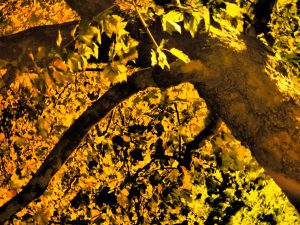
Figure 3: Urban Wildway Rooutes (Margaret Jennings and Jun Koya)
Please get in contact if you are interested in participating in future projects.
Project Directors: Lucy Rogers, Jim Anderson and Vicky Macleroy
Blog by Vicky Macleroy
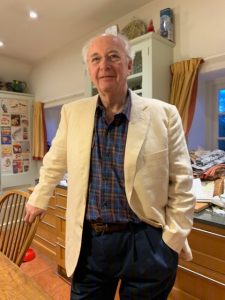
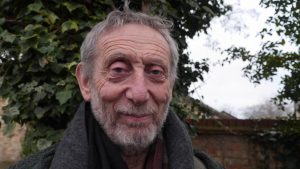
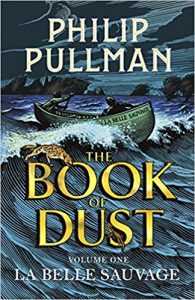
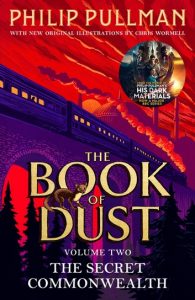 The Book of Dust, Part 3
The Book of Dust, Part 3 